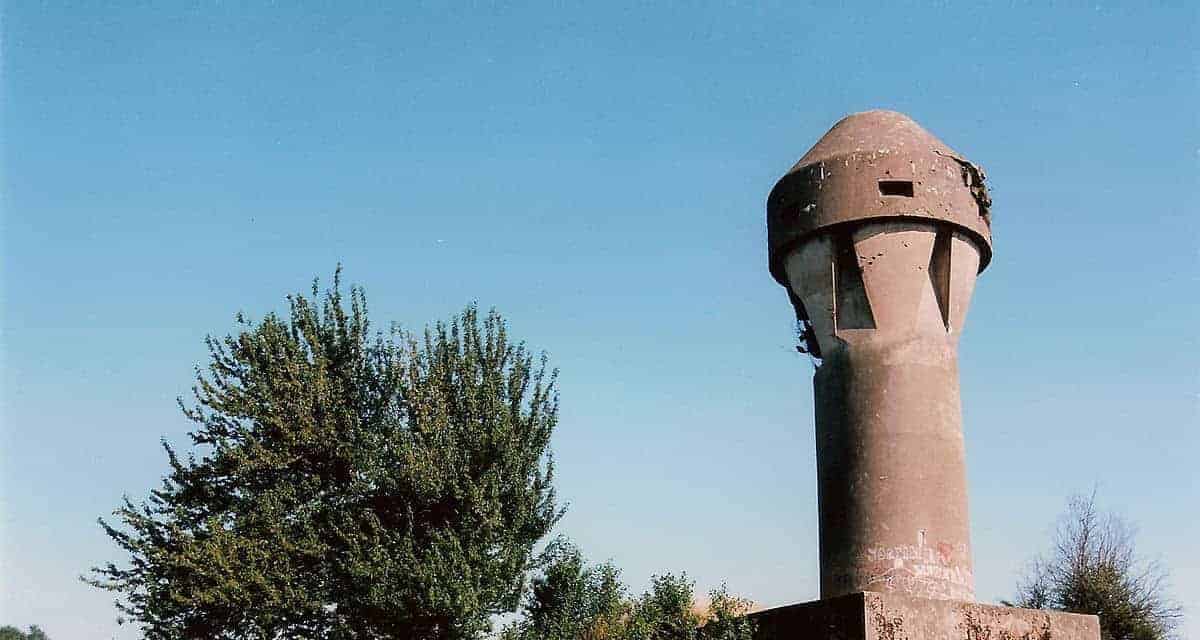This day in history, the German army launches its assault on the city of Liege in Belgium. This is despite the fact that the country was neutral and in doing so they initiated the first battle of WW I.
Some 30 divisions of Germans made the move into Germany. In total, some 1.5 million soldiers, were part of the Schlieffen Plan. This plan was aimed at attacking France via Belgium. The plan was named after the former German Chief of Staff Alfred von Schlieffen. As part of the plan, the Germans had to seize the city of Liege. This was located near Germany and would allow the German army entry into Belgium and from there into France.
The city was protected by a series of forts that the Belgian government had built in order to defend the country from a German invasion in the 1890s. The forts made Liege the most fortified place in Europe.
The German 2nd Army, that numbered over a quarter of a million men began its attack on Liege, which had some 35,000 garrison troops on the 5th of August. The Germans assigned a special unit to seize the forts. This was known as the ‘Army of the Meuse’ named after the city on which Liege stood. This ‘army’ was specially trained to take fortresses and defensive positions but the Belgians resisted them fiercely..

The Belgians were inspired by their monarch, King Albert, who had earlier urged his subjects to fight for their independence at all costs. The German army was delayed for several days and their plans were in danger of falling behind schedule. Liege and its fortresses fell on the 15th of August. This was when the Germans deployed the largest cannons then known. They had been held in reserve as they believed that the special units could seize the fortresses by stealth and surprise.
One type of cannon, built by the Austrian munitions firm Skoda, had a barrel measuring 12-inches, the other was manufactured by the Krupp company in, Germany. The heavy shelling of Liege began on August 12. The shells from this giant guns demolished the fortresses. The future German Chief of Staff Ludendorff entered one of the fortresses and persuaded the garrison to surrender in order to save their lives. He was able to seize the fortress by persuasion. This was to make Luddendorf famous. The commander of the German forces Emmich and Ludendorff were both awarded Germany’s highest military medal.
The capture of the fortresses at Liege allowed the Germans to push their way through Belgium. Soon they were able to push the Belgian army into a narrow strip of territory in the west. Much of Belgium was to be occupied by the Germans until 1918.

